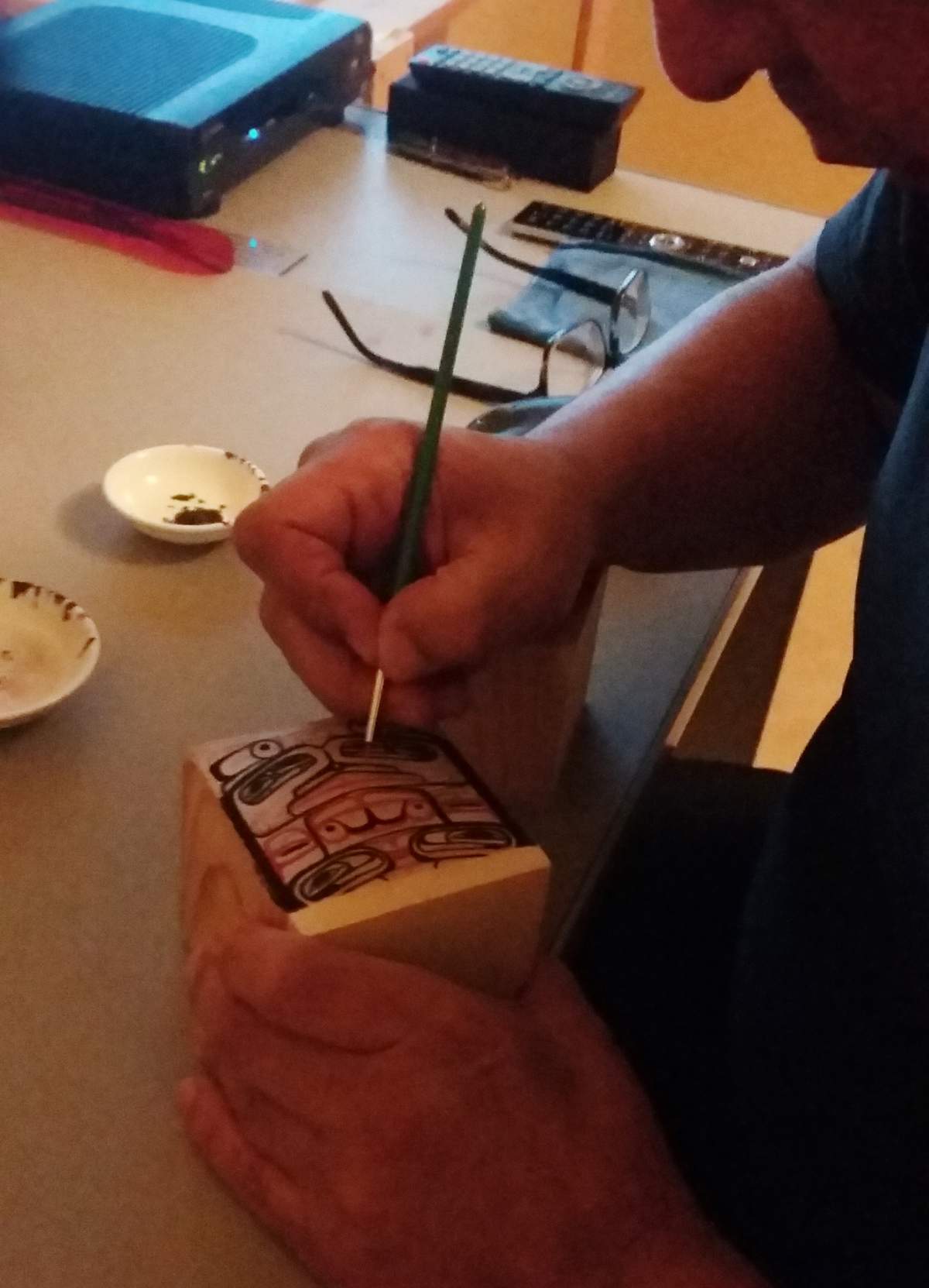Ryan Heavy Hand had been helping First Nations bring home ceremonial objects from museums for years, but this call from an institution in Oregon was a first.

“The museum had a beaver bundle,” said Heavy Hand, referring to one of the Blackfoot people’s most sacred and ceremonially important objects.
Many institutions were reluctant for such items to leave their collections, but not this one.
“(This museum) actually phoned the tribe and said, ‘Can somebody come and pick this up? Our staff are hearing animals sounds in the storage .. where the bundle was kept.
“‘They’d just like you to come and take it and bring it back home.”’
First Nations have been repatriating items for decades now. Masks, rattles, bundles, medicine pipes, bentwood boxes and headdresses in the hundreds have left urban museum cases and collection storehouses for the lands where they were made.
And, when they arrive, they no longer sit behind glass. Many have resumed their place at the heart of Indigenous cultural life. They have become spiritual and artistic inspirations to the descendants of those who made them.
“It definitely gave life to a lot of people,” said Jerry Potts Jr., a Piikani elder from southern Alberta, who was involved in many repatriations of Blackfoot ceremonial items. “There’s universities and collections all over that have given stuff back to the communities that’s back in full use right now.”
WATCH: A conference was organized by the Royal BC Museum and the First People’s Cultural Council about returning Indigenous artifacts and sacred objects to their rightful owners. The FPCC’s Tracey Herbert.

The movement home began in the 1970s, driven by the desire of young Indigenous people to revive their ceremonies and traditions before the elders who knew them died. Many of those ceremonies had one-of-a-kind objects at their heart and many, if not most, were in museums, universities and private collections.
Thousands of inquiries sent across the world

Get daily National news
Getting them back was hard work, said Heavy Hand.
In 1994, he sat down with a fat directory of museums worldwide and sent out 4,000 form letters asking them if they had any Blackfoot material. Almost 200 museums wrote back saying they did.
“There were many, many thousands of items,” he said. “All of the major museums in Canada have really big Blackfoot collections.”
On the West Coast, Andy Wilson, co-founder of the Skidegate and Haida repatriation committees, was getting summer students to look through museum catalogues and write letters.
“They had to be proactive about it,” he said. “Now, museums are starting to contact First Nations.”
Sometimes negotiations took months; sometimes they took years.
WATCH: The provincial government and the Alberta Tribal Council have signed a historic agreement on education. As Tom Vernon reports, the deal aims to boost graduation rates.

Museums were reluctant to part with some artifacts or were uncertain about where they should go. First Nations had to work out who was entitled to receive the material and how the transfer should be done.
They were determined. Bundles are considered to be living things that gain strength from use and which connect their owners to their creation myths.
‘It’s an emotional thing’
The objects started coming home. And, as soon as they did, the ceremonies and societies that depended on them resumed.
In 1992, a thunder medicine pipe bundle was used for the first time in 30 years. A decade or so later, the Blackfoot had possession of and were using all 25 bundles associated with the Horn society.
“I don’t think (that society) has been complete since about 1923,” wrote the late Kainai elder Frank Weasel Head in a recent book on repatriation titled “We Are Coming Home.”
For Wilson, repatriation involved artifacts and human remains. The Haida had almost lost the art of making bentwood boxes, used, among other things, for burials.
Wilson and others used the returned boxes — and totem poles, drums, masks, paddles and rattles — to relearn how to make them.
The boxes were painted, but not just with any design.
“It’s got to be your family crest,” said Wilson. “And if you don’t know what your crests are, then you have to go and ask your family about it. You have to open that line of communication and history.”
The return of the bentwood boxes also led people to recover the songs and language appropriate to their use.
“It’s an emotional thing,” Wilson said. “All this stuff was beaten out of them (and) when they’re doing it, they realize how much they’ve lost, so there’s quite a bit of grief in there.”
For the Blackfoot, repatriation has meant rejuvenation. Many of the traditional societies — the Brave Dogs, the Horns — have bounced back.
Potts said his reserve used to have the resources for one pipe ceremony a year, but now they can do two or three on the same day.
“There’s people that make vows to (bundles) for sickness, for good luck. There’s been nothing less than miracles that have happened from some of the ceremonial protocols.”
WATCH: The dark legacy of Canada’s residential schools has been unveiled with the release of the Truth and Reconciliation Commission report. Vassy Kapelos reports.
The ripples of repatriation, said Wilson, spread wider than anyone expected.
“One of the things we didn’t realize with repatriation was it said ‘Enough is enough. We’re not going to allow you to take away our ancestors, our sacred artifacts, our knowledge.’
“If we had all day, I couldn’t explain to you what it did for us.”





Comments